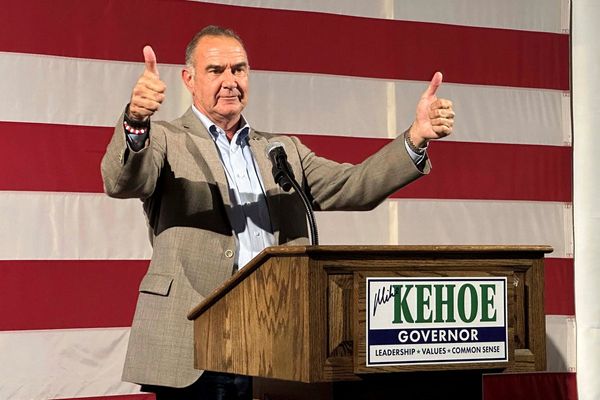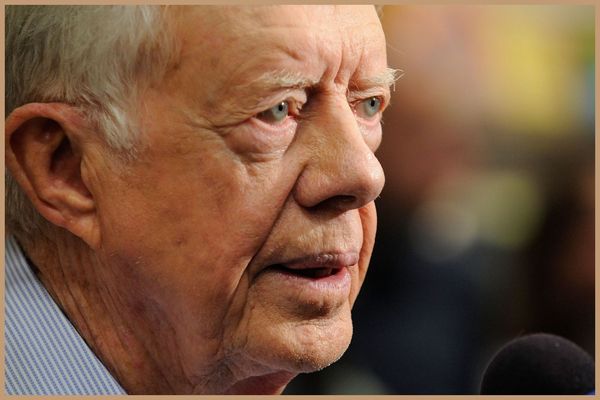
The U.S. Capitol Police has 1,800 men and women dedicated to protecting the people’s citadel. Since September 11, their numbers have swelled, their procedures have changed, their perimeters have expanded, and their preparedness for a persistent threat has been plain. But they have been fighting an old battle. International terrorism is no longer the major threat they face, and arguably, it has not been for years.
What is happening today is the result of this failure of imagination. Security officials may claim the threat posed by a mob of white vigilantes was too far out of mental reach—it was something they could conceive of but not calibrate their plans for. But that’s an indictment, not an excuse. It’s a failure of the Capitol Police’s own leadership, and a failure of the Department of Homeland Security, to take right-wing radical agitation seriously. It is also a consequence of prejudice, although we should not be too hasty to make assumptions about the racial sociology of a security agency like the Capitol Police that has such a specialized mission.
To say that Congress was not prepared isn’t to suggest that no preparations were in place. In 2011 and 2017, when members of Congress were attacked by shooters, the constellations of agencies and officials who have some jurisdiction over congressional security—the Senate Sergeant-of-Arms, the Office of the Architect of the Capitol, the Metropolitan Police Department, and even the FBI—adjusted their procedures; more Capitol Police officers attended the “Personal Security Detail” course put on by the Secret Service at the Federal Law Enforcement Training Center.
After 9/11, Congress established an alternate site at a local military base, a place where members could convene in the event that the Capitol was rendered inoperative. But that plan, which is highly classified, operates under the assumption that members are not trapped in place by thousands of people. Today they are. Congressional leadership can be evacuated through the Capitol if it has been reduced to a riot zone using tunnels that have been dug under the building. Those lead to newly hardened “hard rooms,” mini-bunkers that are scattered around the entire complex. We will soon know whether Congress made use of these contingencies.
But now what?
The D.C. National Guard has been mobilized and placed under control of the Department of Justice. Step one: Evacuate the members of Congress safely, using heavily armed people corridors to bring the representatives and senators to vehicles that will deposit them at safe harbor sites off campus. Step two: Begin a room-by-room clearing procedure, much like the police does when there’s a mass shooting, passing trespassers to arresting officers who will transfer them into a custodial detention area. Step three: Use K9s and technical surveillance technology to go inch-by-inch over the entire complex, clearing rooms of IEDs or surveillance devices in advance. Step four: start an after-action report.
Most Americans blinded themselves to the consequences of the president’s long-running incitement because we have allowed ourselves to ignore the direct links between his words and the actions of others. That’s easy for me to say, though: I’m a white man whose political affiliation would not be evident to people who might be looking to target others on the basis of race or gender or ethnicity. A large number of my Asian American friends in Los Angeles have been the victim of hate crimes in the wake of the president’s “China virus” jab. What happened today shocks them but does not surprise them.
After Congress certifies the election, members will go back home. And if we’ve learned a lesson from today, many of them will be targets. And it will be up to state and local officials to pick up the slack. Today, these agencies should make contact with their elected representatives and agree on a security plan for the near future. The permanent threat from right-wing revenge terrorism, incited by the president, made more virulent by the information ecosystem that his supporters drink from, and now actualized by a successful takeover of one of the most secure buildings in the world, is part of the Trump legacy—and America’s present.







